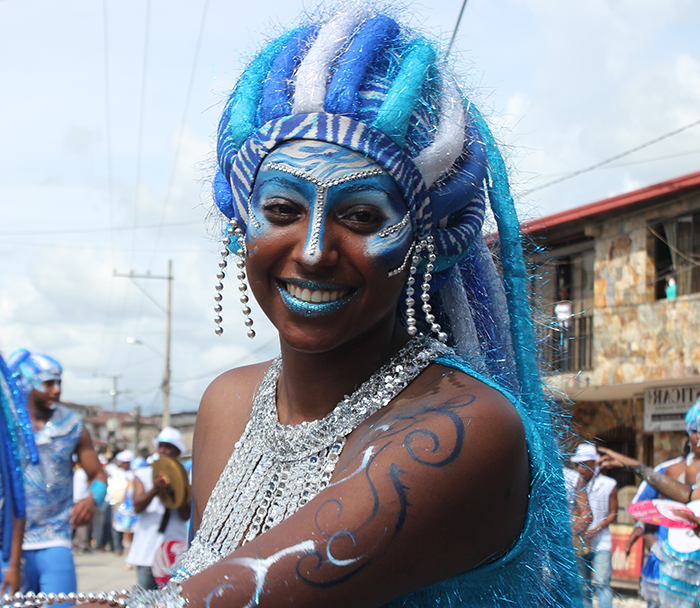Over three centuries, as many as a million enslaved people were shipped to the Colombian port of Cartagena. From this hub of the slave trade, European colonists took Africans to labor in many places across the Americas, including the gold mines of the Chocó region. Today, people from Chocó often proudly identify as Afro-Colombian, while those from the nearby city of Medellín largely identify with their European ancestry. Despite the differences between these groups, research by Conley et al. in the October issue of G3 highlights a subtle underlying unity.
Like much of Latin America, Colombian people have a blend of African, European, and Native American ancestry. Previously, studies on Colombian genetic ancestry have focused on the Native American and European roots with less evaluation of African heritage, despite the fact that Colombia has the second greatest population of Afro-descendants in Latin America. Conley et al. set out to provide a detailed genetic picture of the Chocó region’s ancestry—and to compare it to other admixed Colombian populations.
The authors recruited 100 individuals from Chocó and compared their DNA to known African, European, and Native American reference populations. They also compared the Chocó to people from Medellín.
Chocó genetic ancestry is largely African (76%) with roughly equal amounts of European (13%) and Native American (11%) heritage. In contrast, Medellín genetic ancestry is predominately European (75%), with 18% Native American and 7% African contributions. These results largely agreed with the self-identification of these groups and with the known history of the areas, although Chocó individuals tended to assume a higher percentage of African ancestry than genetics suggested while those from Medellín assumed a higher percentage of European ancestry.
But while the continental spread of genetic ancestry was distinct between the two groups, when each contribution was broken down to the subcontinental level, the groups were much more similar. Both share European ancestry that is largely Spanish and Native American ancestry that appears most related to the Embera, Waunana, Arhuaco, Kogi, and Wayuu populations. The Chocó are slightly more similar to the modern-day Yoruba, while the Medellín are more West African; still, the overall subcontinental African identities are comparable. In fact, at the subcontinental level, the two Colombian populations are far more similar to each other than to any of the other admixed American populations that were analyzed. Conley et al. emphasize that this shared genetic legacy “underscores the biological reality of a common, unifying identity that binds the country.”
CITATION
Andrew B. Conley, Lavanya Rishishwar, Emily T. Norris, Augusto Valderrama-Aguirre, Leonardo Mariño-Ramírez, Miguel A. Medina-Rivas, I. King Jordan
G3: Genes, Genomes, Genetics October 2017 7: 3435-3447; https://doi.org/10.1534/g3.117.1118































